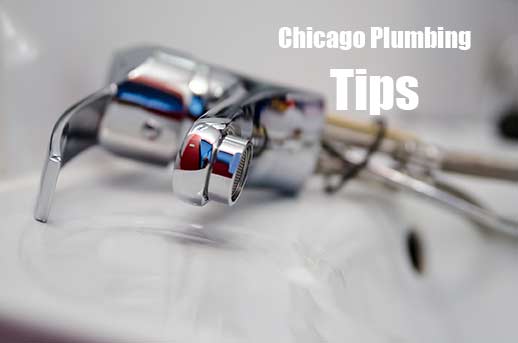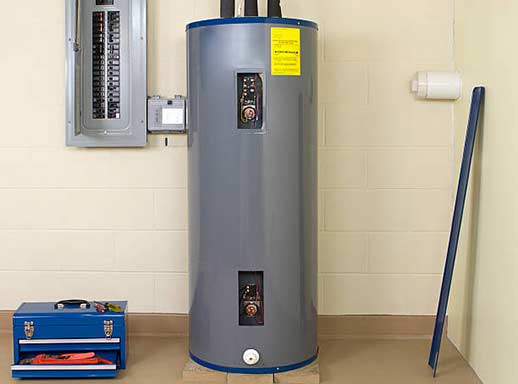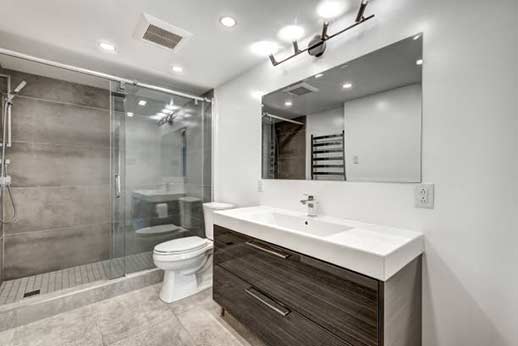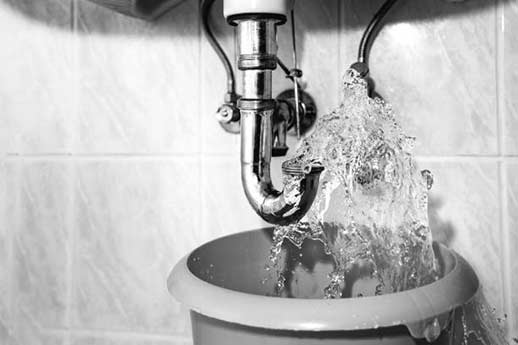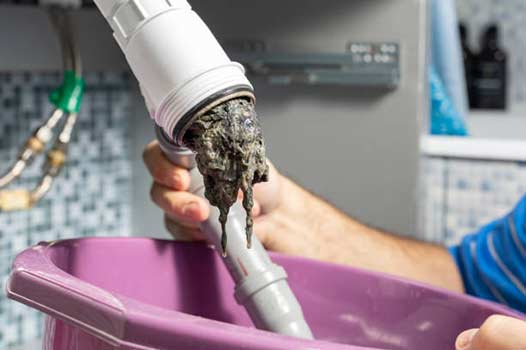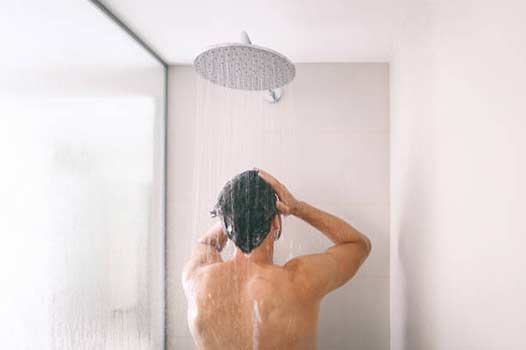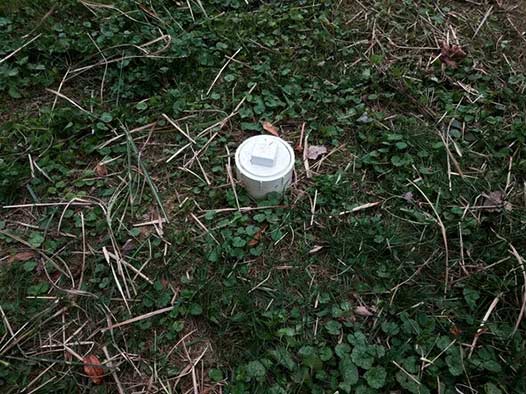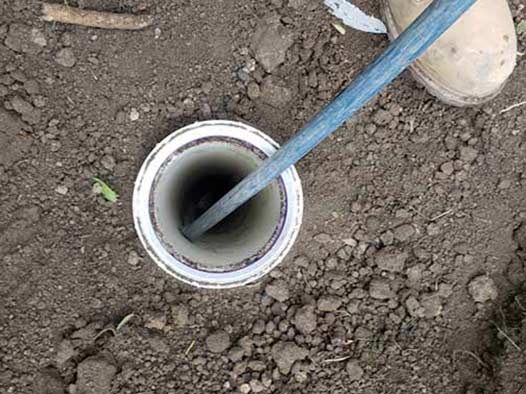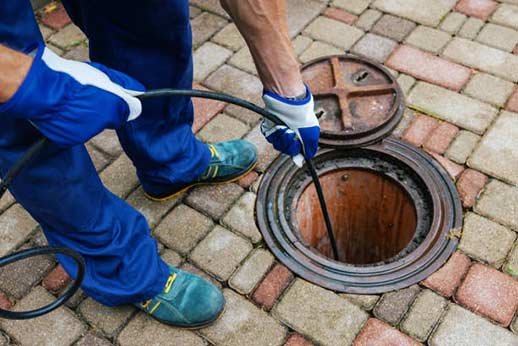
When cleaning your building’s drains to get rid of the accumulated debris inside them, the traditional options available were electric drain snakes and augers. These two methods operate on the same principle; they are inserted into the drain to hook and pull debris out of the pipes.
However, these drain-cleaning methods are somewhat limited in their effectiveness. They are usually unable to clean the entire diameter of the drainpipe. Sometimes, all they do is poke a hole in the material blocking the pipe instead of removing it. That allows the drainage problems to return shortly.
To address the shortcomings of the traditional methods, there is a new drain-cleaning method that is fast becoming the number-one method preferred by professional plumbers. This drain-cleaning method is quick, methodical, and efficient. It completely removes the debris from drainpipes without damaging them.
This new method is known as hydro-jetting.
What is hydro-jetting, and why is it becoming the go-to drain-cleaning method for commercial plumbers? For owners/operators of commercial premises, this question is essential. As Leenan Management Professionals say commercial building owners/operators must understand the power of hydro-jetting as a tool for keeping their drains functional.
What is hydro-jetting?
Hydro-jetting is a powerful cleaning method that has found widespread use in several industries, including civil engineering applications, and for cleaning residential and commercial plumbing systems. Hydro-jetting uses high-pressure water to get rid of obstructions, buildup, and contaminants.
The process involves using a specialized nozzle to direct high-pressure water into a clogged drain to blast away the debris inside the pipes. This water can be pressurized to levels of up to 3,000 to 60,000 psi (pounds per square inch), allowing it to travel at speeds of over 250 mph.
This force helps the water break up and remove even the most stubborn obstructions. In addition to dislodging the debris inside the pipes, hydro-jetting also flushes out the loose materials. This entire process results in improved water flow inside the pipes and the potential for future clogs is reduced greatly.
Hydro-jetting has found extensive use in the following areas:
Drain and sewer cleaning
Compared to traditional drain-cleaning methods, hydro-jetting is unrivaled in its ability to remove clogs and buildup from the drain and sewer systems of both residential and commercial buildings. It is also effective for cleaning grease traps and septic tank systems that are commonly found in rural areas.
Industrial equipment cleaning
Another area where professional hydro-jetting has found massive adoption due to its effectiveness, speed, and low cost is industrial cleaning. This cleaning method is routinely used to get rid of the grime, debris, and contaminants that sometimes hinder the performance of industrial equipment and machinery.
Surface Preparation
Hydro-jetting is also used to remove dirt, rust, and other contaminants from brick and concrete surfaces and to prep them for painting and other construction activities. Cleaning the surface in this way enhances the adhesion of coatings and allows the job to last longer.
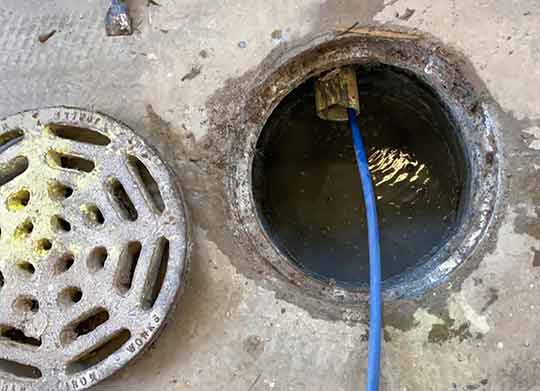
Because it uses only water, hydro-jetting avoids the harmful effects of drain-cleaning methods that utilize dangerous chemicals.
Why hydro-jetting is better than other drain-cleaning methods
Thorough cleaning
Other drain-cleaning methods (sewer rodding service) don’t clean out the entire diameter of a pipe. Sometimes, all they do is bore a hole in the clogged area to let water through. Hydro-jetting, on the other hand, removes blockages and washes the walls of the pipe.
Environmentally safe
Because it uses only water, hydro-jetting avoids the harmful effects of drain-cleaning methods that utilize dangerous chemicals. The negative impact of hydro-cleaning on the environment is zero because there is no risk of contamination or corrosion of pipe materials.
Adaptability
Hydro-jetting is highly versatile. It is effective for removing all kinds of buildup inside drainpipes. Regardless of the type and severity of the blockage, hydro-jetting can remove it safely. This drain-cleaning method is even effective for getting rid of tree roots in a sewer line.
Will not damage landscaping
Hydro-jetting is non-invasive; since it does not require excavation, it will not result in damage to your landscaping. The flexible hose of a hydro-jetting machine can be inserted into the sewer line via a sewer cleanout. That way, you can avoid the financial cost of digging up your yard.
Hydro-jetting is safe
Hydro-jetting uses a wide range of water pressure settings. The level of water pressure used in the operation can be varied to match the kind of clog and the condition of your pipes. When done by a skilled technician, hydro-jetting will clean your drains and sewer pipes without damaging them.
Hydro-jetting saves time
Despite its potency, hydro-jetting equipment is lightweight. It can be deployed quickly to fix the drain issues in homes and commercial premises. The operation is also fast; unlike other drain-cleaning methods, you won’t have to spend hours or days without access to the drains.
Lastly, the sum effect of the above benefits is that hydro-jetting will save you money. It can be used as preventive maintenance to avert problems in your sewer system. It will preserve your sewer line’s health, which helps to cut maintenance costs. Using hydro-jetting will also not result in downtime and loss of revenue.
